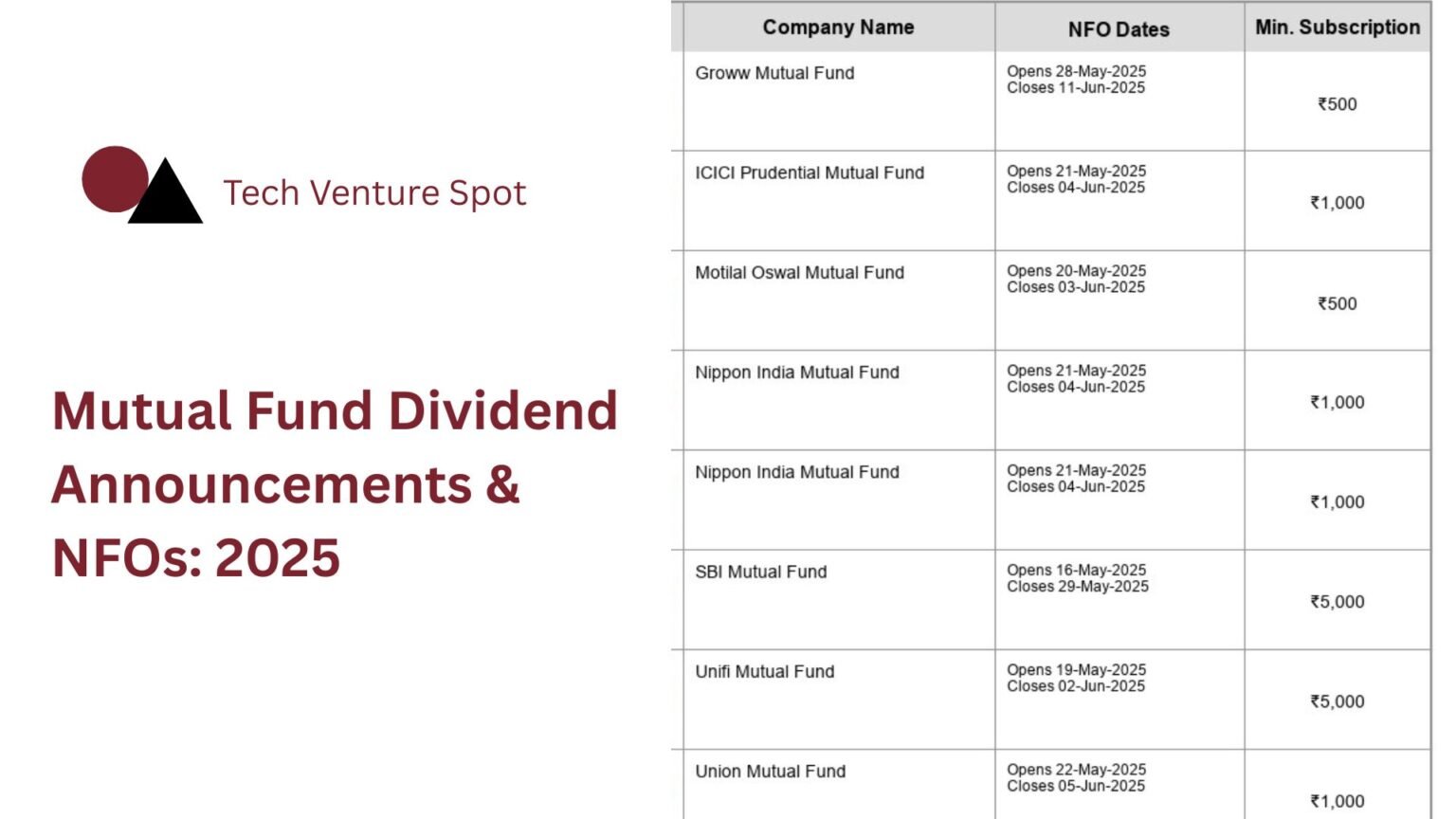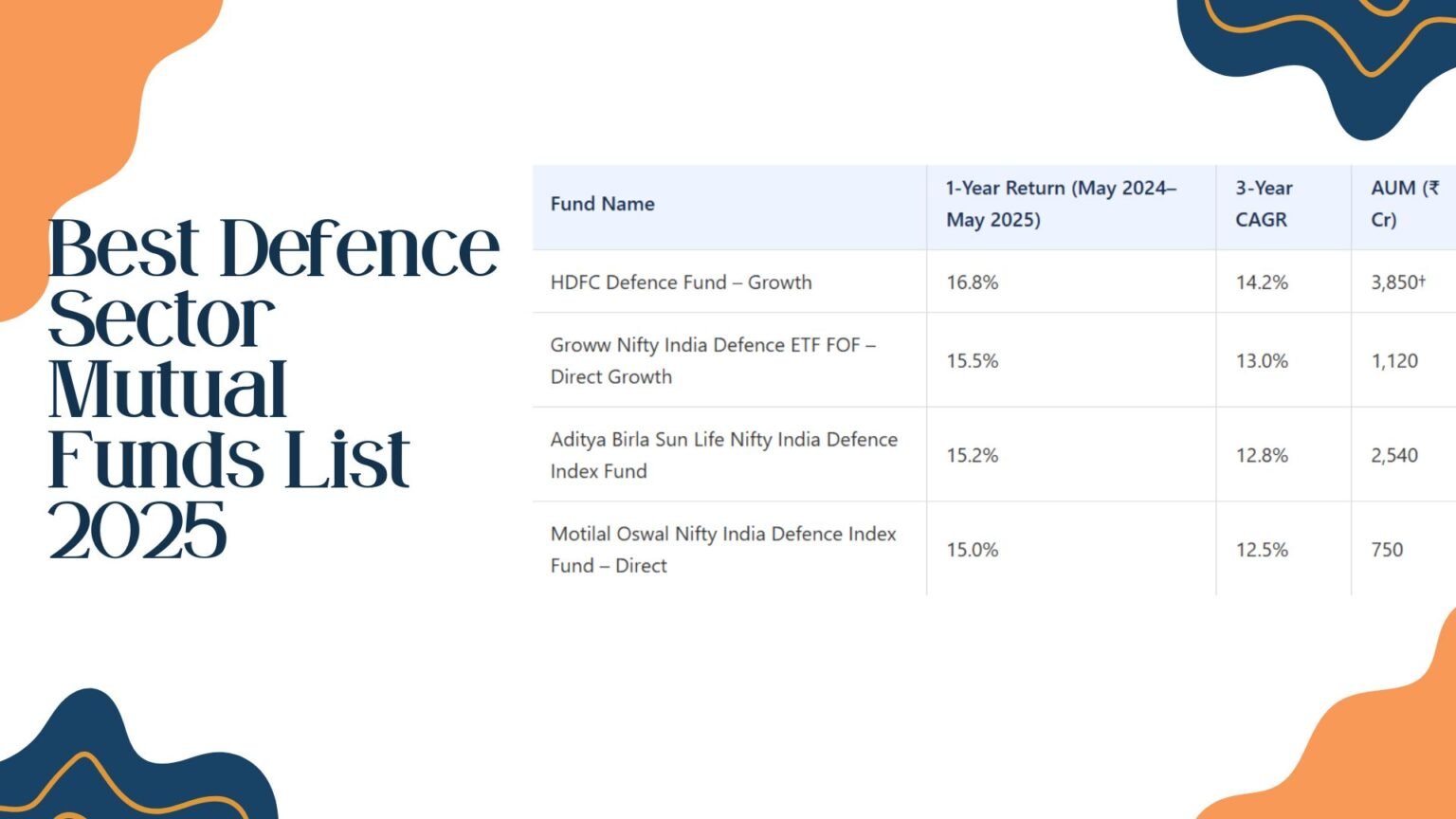Overview: The Potential for Small-Cap Investments
There is a chance for "multi-bagger gains" with small-cap investing, but there is also a lot of volatility. These funds concentrate on younger, high-growth companies that are not in the top 250 by market capitalization.
Fund at a Glance
The largest small-cap fund in India, with an AUM of over ₹58,000 crore, was introduced in September 2010. It has a 5-star rating of "Very High" risk from Value Research.
| Parameter | Details |
|---|---|
| Launch Date | September 16, 2010 |
| Category | Equity - Small Cap |
| Benchmark | NIFTY Smallcap 250 Total Return Index |
| Minimum Investment | ₹5,000 (lump sum) / ₹100 (monthly SIP) |
| Exit Load | 1% if redeemed within 1 year |
| Expense Ratio | ~0.68% (Direct Plan) |
| Current NAV | ₹188.63 (as of June 2025) |
Historic Growth Example
Over five years, the fund's NAV increased from ₹51.03 in June 2020 to ₹188.63 in June 2025, yielding impressive gains.
Also Read: Nippon Small Cap Fund Direct Growth NAV & SIP
Performance Analysis
Fund vs. Benchmark Returns (CAGR)
Important Performance Findings
- Long-term outperformance: Over periods of three and five years, consistently outperformed the benchmark.
- Category leadership: Among the best-performing small-cap companies.
- SIP effectiveness: Over five years, a ₹1,000 monthly SIP yielded annualized returns of approximately 28.1%.
- Investment Growth Example: An investment of ₹10,000 made in June 2020 had increased to ₹51,034 by June 2025 (410% total return).
Historical Returns Comparison
| Period | Fund Returns | Benchmark Returns |
|---|---|---|
| 1 Year | +8.06% | +10.44% |
| 3 Year CAGR | +29.03% | +26.88% |
| 5 Year CAGR | +39.72% | +35.76% |
Approach and Strategy for Investing
The fund selects stocks using a "bottom-up strategy" that examines the financial foundations of tiny businesses with room to grow. The main goal is to find undervalued businesses that are experiencing significant growth, especially those that stand to gain from new developments in manufacturing and infrastructure.
Portfolio Composition
- About 230+ stocks in various sectors.
- 94.7% in stocks and 5.3% in cash and liquids.
- The top ten holdings only make up about 13.7% of total assets.
Market Cap Diversification
- Small-caps: ~45%
- Mid-caps: ~12%
- Large-caps: ~8%
Top 10 Stock Holdings (April 2025)
| Company | Sector | Weight |
|---|---|---|
| HDFC Bank Ltd. | Private Banks | 2.21% |
| Multi Commodity Exchange | Exchanges/Services | 1.95% |
| Dixon Technologies | Capital Goods | 1.33% |
| Kirloskar Brothers Ltd. | Capital Goods | 1.32% |
| Tube Investments | Auto Components | 1.25% |
| State Bank of India | Public Banks | 1.24% |
| Karur Vysya Bank | Private Banks | 1.19% |
| Bharat Heavy Electricals | Heavy Electricals | 1.08% |
| NLC India Ltd. | Power (PSU) | 1.07% |
| Emami Ltd. | Consumer Staples | 1.07% |
Sector-wise Allocation
Evaluation of Risk
Principal Risk Elements
- Market Volatility: Price fluctuations are greater for small-cap stocks (18.5% standard deviation).
- Liquidity Risk: The inability to swiftly sell positions when the market is stressed.
- Concentration Risk: Top holdings might affect overall performance even with diversification.
- Limitations on Size: A large AUM (₹58k cr) could make it more difficult to seize small opportunities.
- Redeemables made within a year are subject to a 1% exit load penalty.
Techniques for Risk Mitigation
- Diversification across more than 230 stocks.
- Expert money management using a methodical approach.
- Frequent rebalancing of the portfolio.
- Knowledgeable management group.
Peer Comparison
| Fund | AUM (₹ cr) | Expense Ratio (Direct) | 1Y Return | 3Y CAGR | 5Y CAGR |
|---|---|---|---|---|---|
| Nippon India Small Cap | ~₹58,000 | ~0.68% | ~8–12% | ~29–30% | ~38–40% |
| SBI Small Cap | ~₹28,000–31,000 | ~0.70–1.23% | ~18–26% | ~20–28% | ~22–27% |
| Axis Small Cap | ~₹15,000–23,000 | ~0.56–0.80% | ~18–33% | ~21–27% | ~22–30% |
| HDFC Small Cap | ~₹16,000–31,000 | ~0.77% | ~20–36% | ~22–26% | ~26–31% |
| Quant Small Cap | ~₹25,000 | ~0.68% | ~43–60% | ~25–33% | ~35–41% |
Investment Procedure
Online Investing (Suggested)
- Direct Platforms: Groww, ET Money, Paytm Money, and Zerodha Coin.
- AMC Website: official Nippon India Mutual Fund website.
- Registrar Portals: KFin Connect and CAMS Online.
Offline Investing
- Branch offices of AMC.
- Distributors with authorization.
- KFin and CAMS service centers.
Advice on Investing
- Always select the "Direct Plan" to reduce commission expenses.
- Choose the "Growth" option to maximize your rewards.
- Begin with reasonable SIP amounts (between ₹1,000 and ₹5,000 every month).
- Finish the KYC procedure before investing.
Final Investment Decision
BUY Suggestion for:
- Investors seeking to build money over the long run.
- Those who feel at ease with investments that have a high risk of reward.
- People looking for a "growth engine" for their investments.
- Investors with discipline who are resilient to market fluctuations.
Steer Clear If:
- You will need money within two to three years.
- There is little tolerance for risk.
- Looking for steady, dependable earnings.
- Incapable of managing high levels of portfolio volatility.
Conclusion
There is a "compelling possibility" for long-term wealth growth with Nippon India Small Cap Fund Direct Growth. It is a solid option among small-cap funds because to its extensive diversification, seasoned management, and track record of outperformance.
Important Takeaways:
- Suitable for "growth-oriented, patient investors".
- Need an investment horizon of at least five to seven years.
- Ought to make up 10–15% of the equity allocation.
- Requires emotional restraint while the market is down.
Also Read: New Mutual Fund Offer in June 2025 – Top NFO Picks






Pingback: Nippon Small Cap Fund Direct Growth NAV & SIP